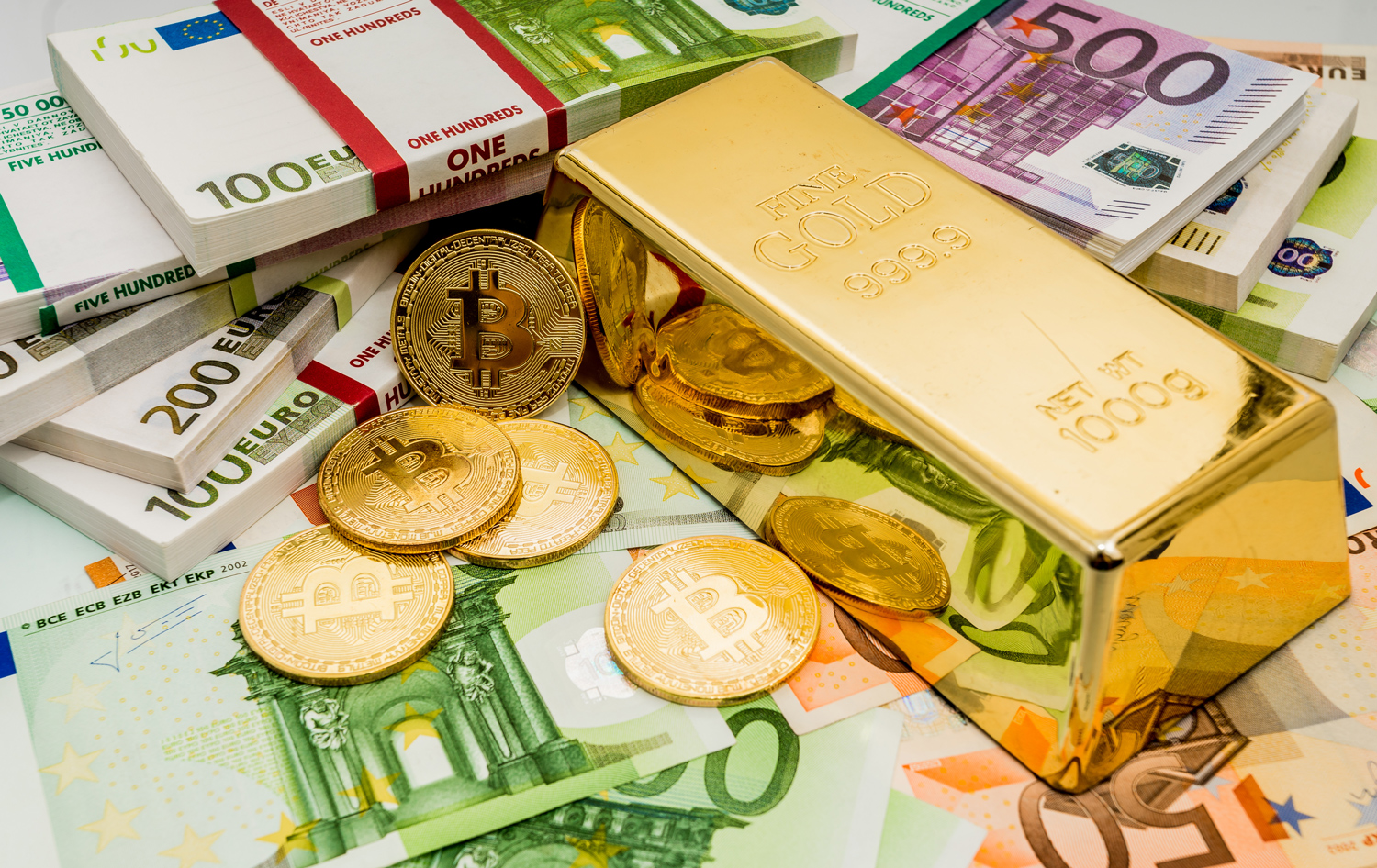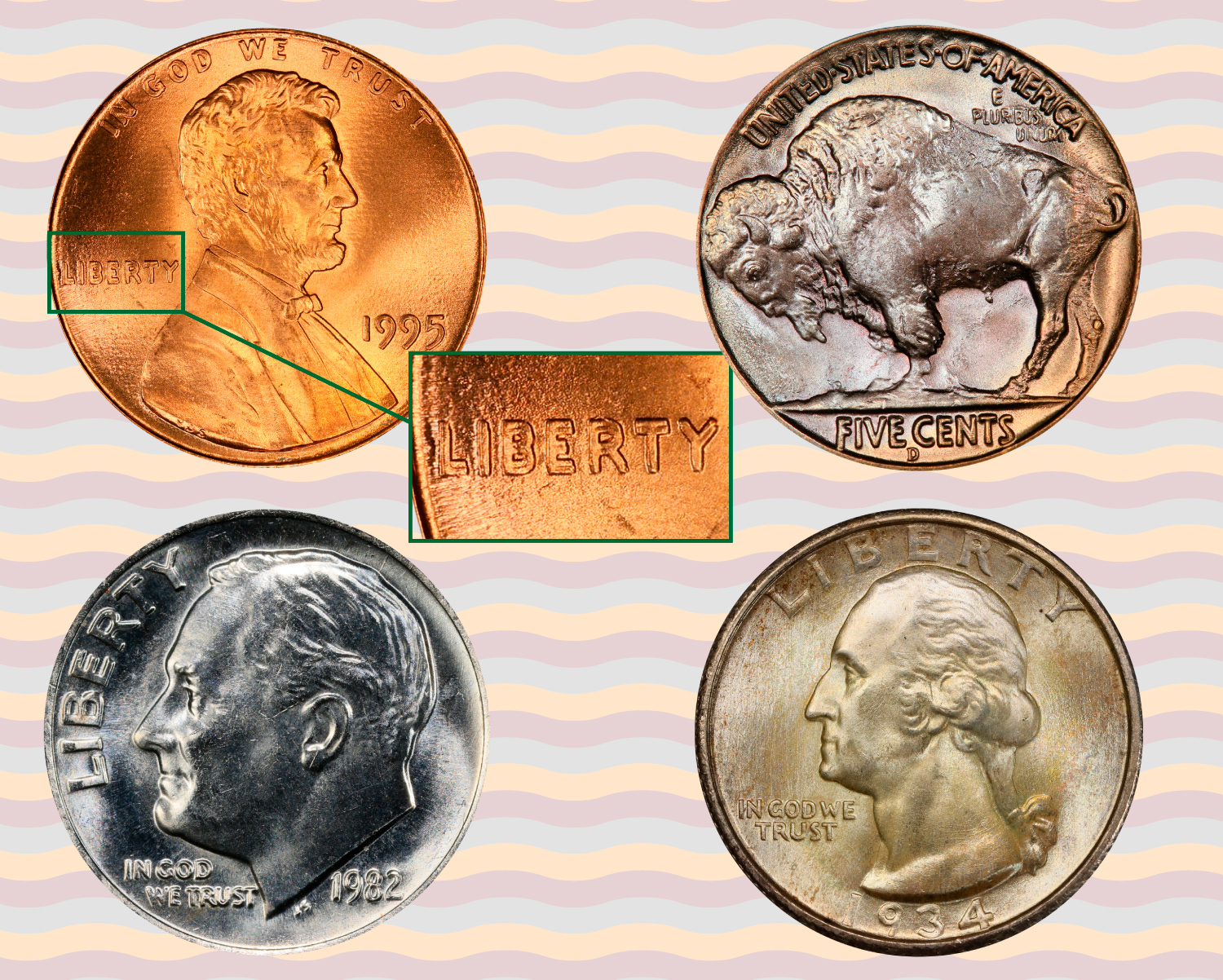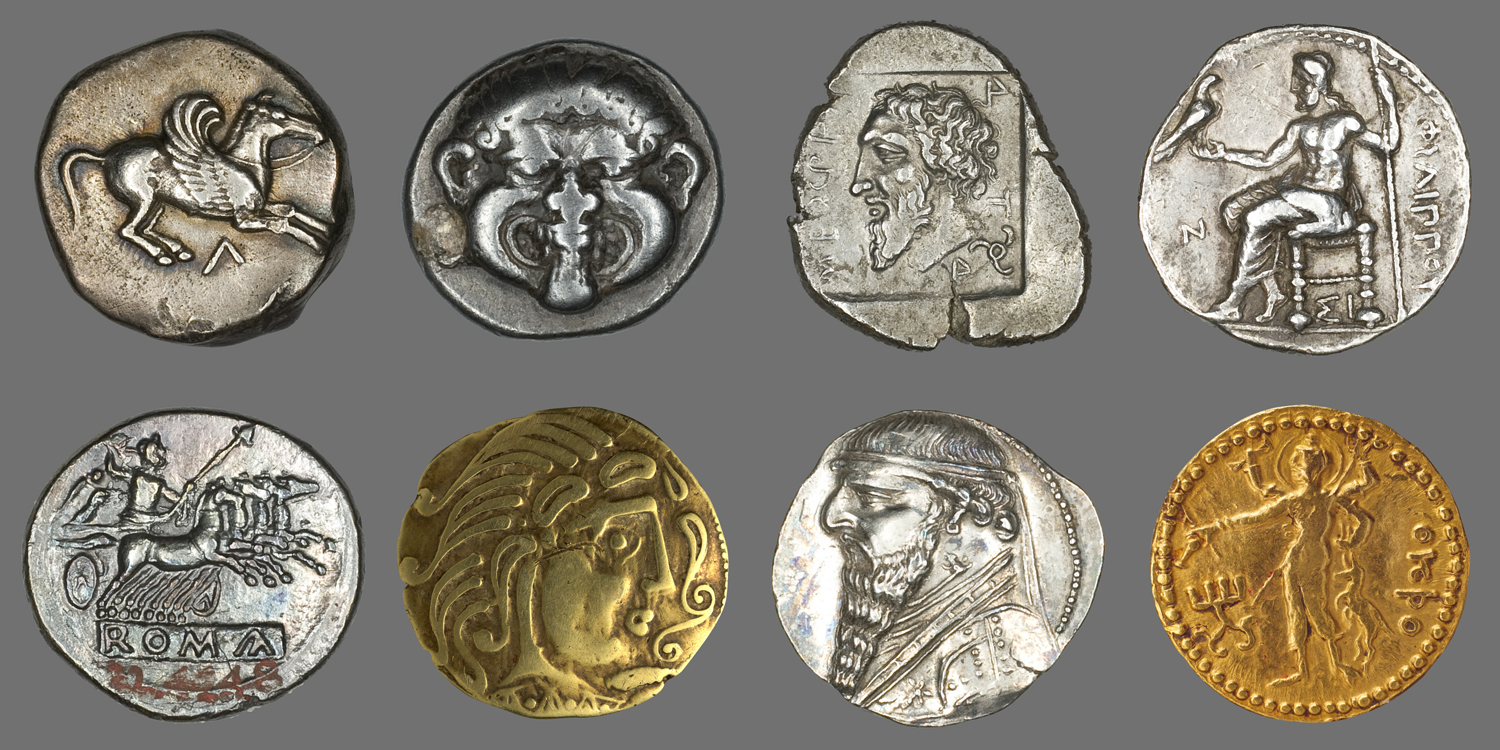Father and Son Find Amazing Coins
A father and son came across a collection of rare and very old coins while looking for an ancient road.
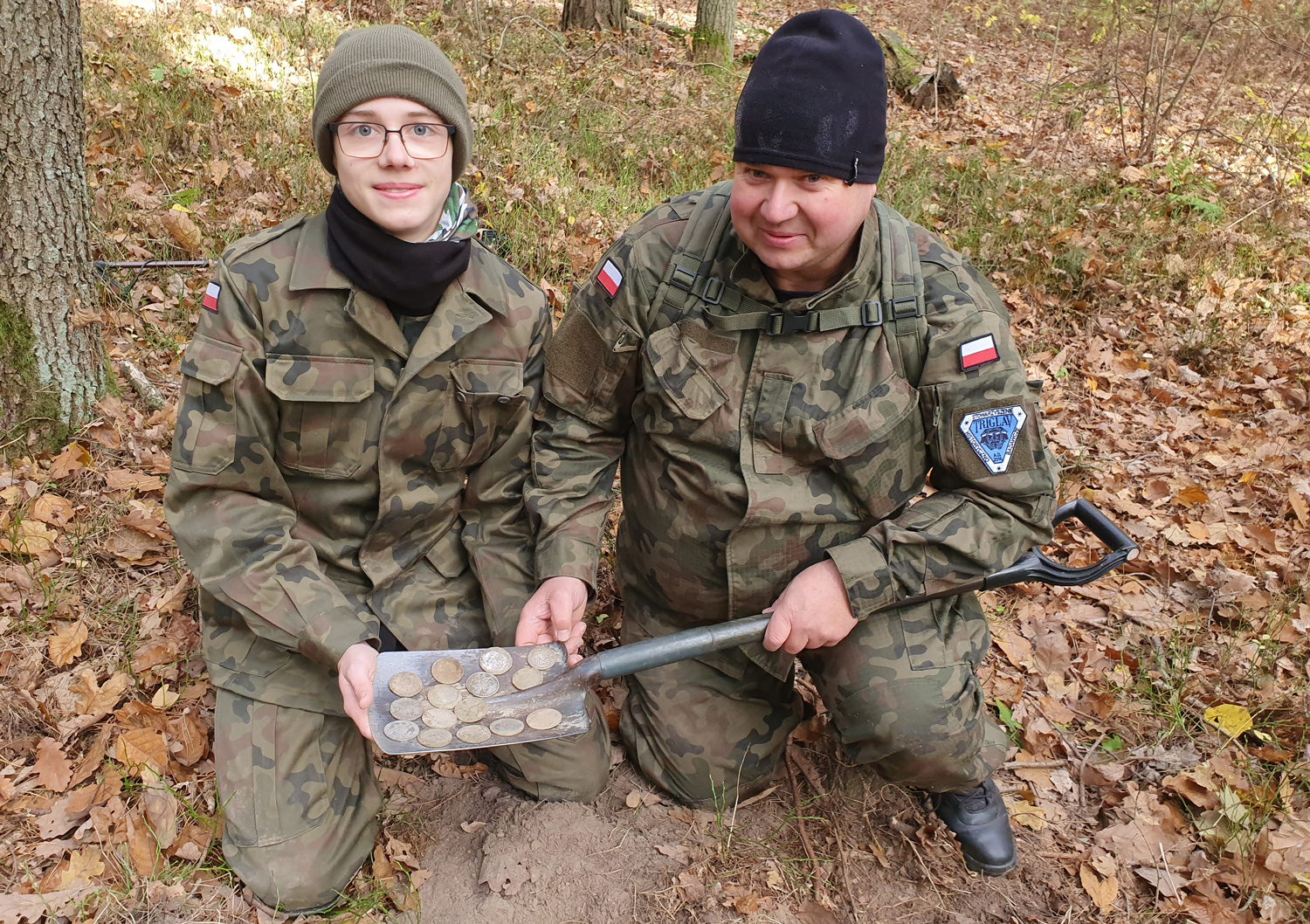
Polish “Husaria” Treasure Hunters Association
Szymon (left) and Slawomir Milewski pose with coins they discovered in a Polish forest. The coins are hundreds of years old.
A father and son were looking for an ancient Roman road in a Polish forest when they came across a literal buried treasure: a trove of extremely rare coins dating back hundreds of years.
Sławomir Milewski and his son Szymon were taking part in a group effort to find the road in a wooded area near Warsaw, Poland’s capital city, when they found the coins in a shallow hole. Though the group never located the road, this other discovery was just as exciting.
“At first there was a great noise, because everyone who participated in the search—and there were a dozen of us—came running at the call of the discoverers, and we all realized that we had discovered something incredible,” Mateusz Sygacz of the Polish “Husaria” Treasure Hunters Association told All That’s Interesting.
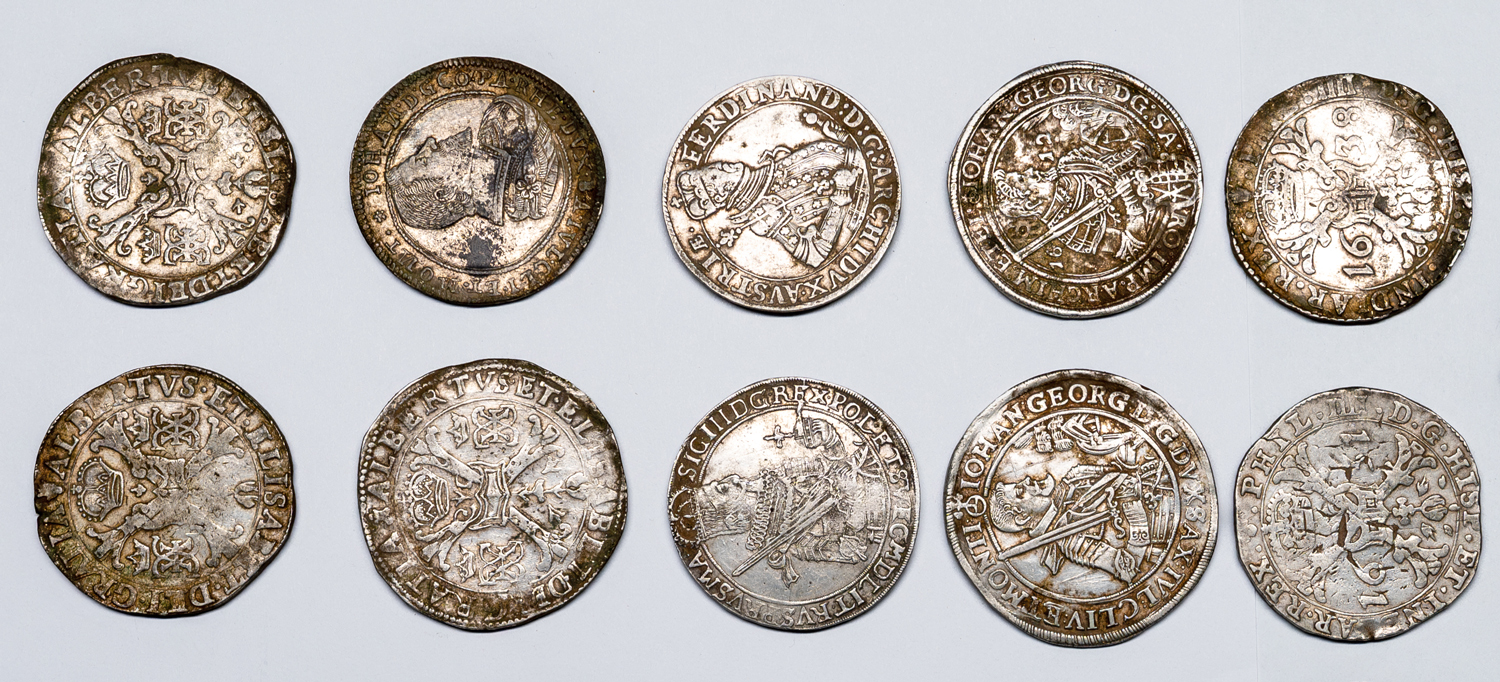
Polish “Husaria” Treasure Hunters Association
This image shows 10 of the ancient coins that were discovered by father-son team Sławomir and Szymon Milewski.
The coins date to the 16th and 17th centuries, and many of them bear the faces of European rulers from the time when they were made.
Europe was far from peaceful and stable during this period. There were many religious conflicts. Lands were being conquered, lost, and reconquered, and as a result, borders were changing constantly. Some of the coins were made during the Thirty Years’ War (1618–1648), which was actually a series of wars involving many nations.
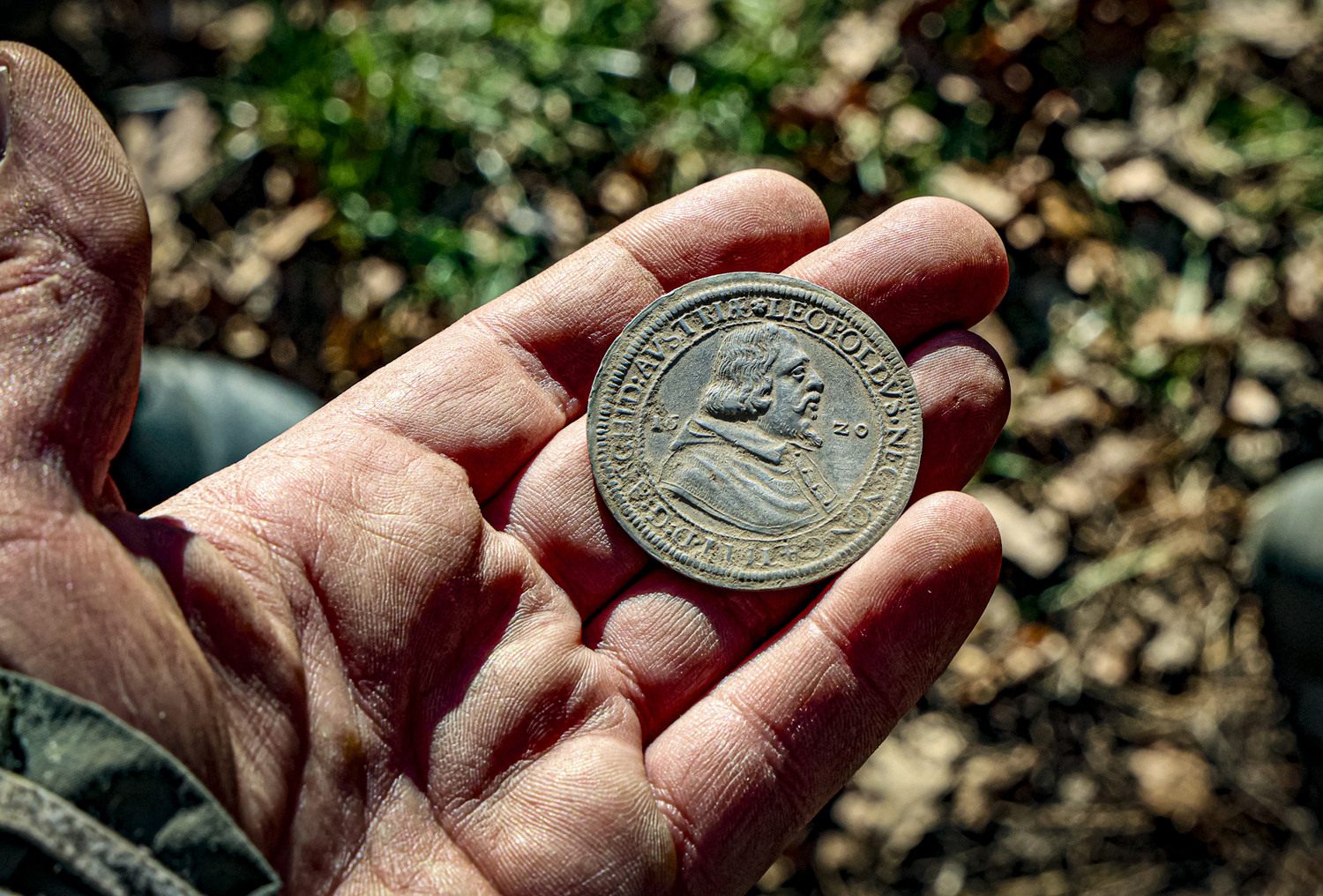
Thomasz Fijałkowski, courtesy of Polish “Husaria” Treasure Hunters Association
This coin, from the early 1600s, is one of many that the father-son team discovered.
It’s possible the person who buried the collection of coins was living through this violent era. But why did they hide their money? Experts say the coins were found near the location of a 1655 battle between Swedish and Polish troops. The money might have belonged to a soldier.
“We suspect that one of the soldiers lost his pay,” Sygacz told All That’s Interesting. “Another assumption is that the burial was made by a merchant who wanted to hide his property from potential robbers—there was an inn about a kilometer away [during] the 16th century, and we know from earlier discoveries of similar deposits that it was a common practice to hide valuables before visiting an inn.”
Sygacz isn’t sure why the person didn’t return to collect their money.
Today, several of the coins are incredibly rare—so rare that even most coin collectors have never seen them. Experts estimate the collection is worth about $124,000. But it won’t end up in anyone’s bank account. Instead, the coins will likely become part of a museum collection so that the public can see them.
